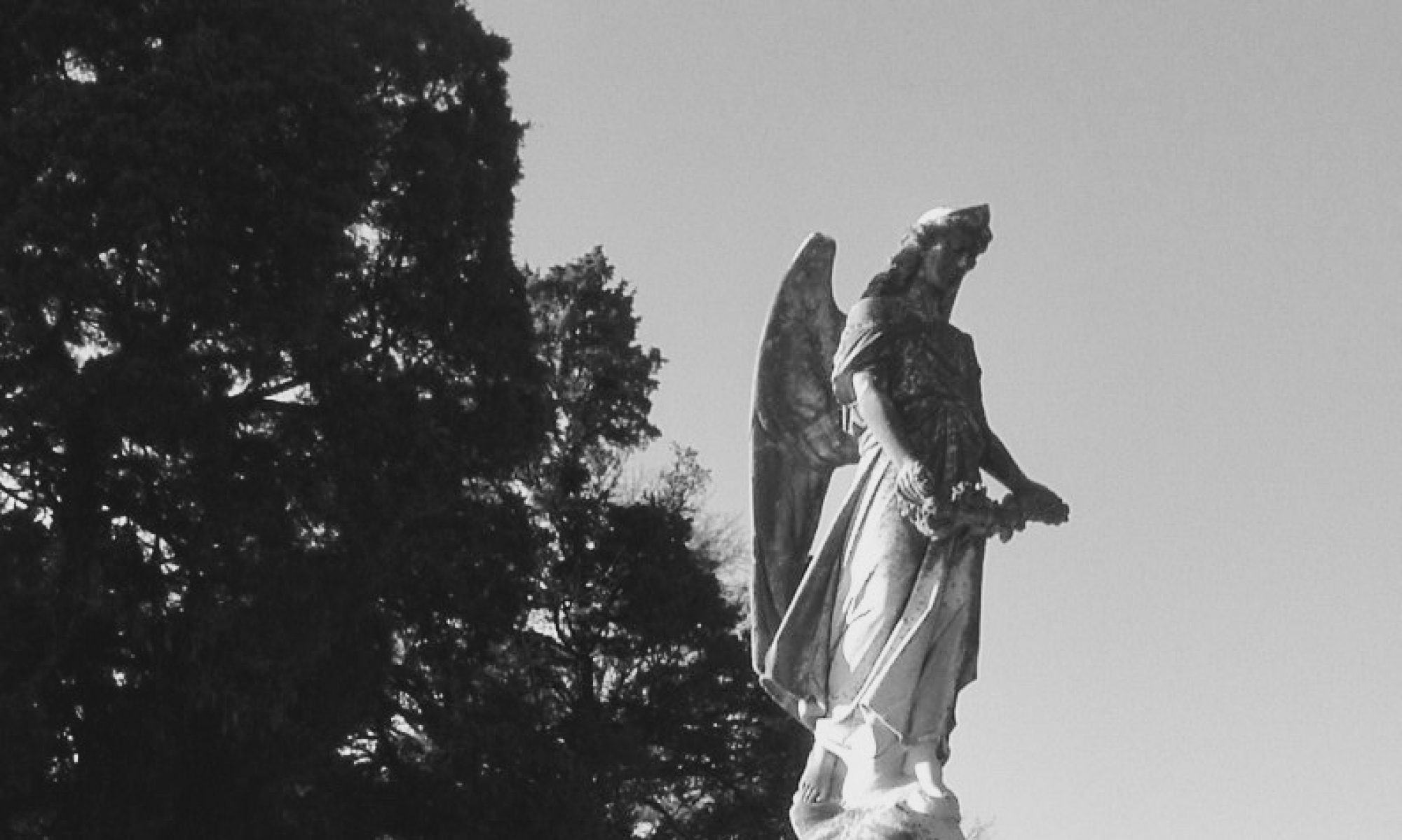This article is part of my series, Street Guide to the Phantoms of the French Quarter, which looks at the haunted places of this neighborhood in a street by street basis. Please see the series main page for an introduction to the French Quarter and links to other streets.
Conti Street

According to historian Stanley Clisby Arthur, Bourbon Street was initially called Conti Street for the Princess Conti. When Bourbon Street was renamed, this street was renamed Conti.
Sources
- Arthur, Stanley Clisby. Walking Tours of Old New Orleans. Gretna, LA: Pelican Publishing, 1990. Originally published in 1936.
700 Block Conti Street
Throughout its history, the French Quarter has been no stranger to violence. In the early morning hours of 21 March 2015, gunshots rang out in this block of Conti Street. In the aftermath, two young men in their 20s lay wounded. One of them died on the scene, while the other died at the hospital a short time later.

Part of this spectacle may replay itself. Investigator and author Jeff Dwyer explains that witnesses have seen “the ghostly images of a young man who appears lifelike but quickly becomes transparent as he runs a distance of about 50 feet and then vanishes.” Others have heard “muted gunshots” as they have seen this horrible image.
Sources
- Dwyer, Jeff. Ghost Hunter’s Guide to New Orleans: Revised Edition. Gretna, LA: Pelican Publishing, 2016.
Prince Conti Hotel
830 Conti Street
The Prince Conti Hotel’s bar, The Bombay Club, is apparently haunted by the spirit of a madam who once operated on the premises before the hotel was opened. She has been dubbed Sophie by staff members who have encountered her in the kitchen, bar, and at Booth 3.

Sources
- Gardner, James. Professor’s Guide to Ghosts of New Orleans. CreateSpace, 2020. Kindle Edition.
917 Conti Street (formerly Musee Conti Wax Museum), private
The idea for the Musee Conti Wax Museum came to Ben Weil after a visit to London’s famous Madame Tussaud’s while on a trip to Europe. He quickly imagined a similar counterpart in New Orleans illustrating scenes from local history. The museum opened in 1964 with figures created by a Parisian mannequin maker. The figures of Napoleon, Andrew Jackson, Madame LaLaurie, Marie Laveau, and Jelly Roll Morton were shipped to the city on a Pan Am jet, where some of the figures were seated in the cabin among actual human passengers. The wax museum quickly became a major tourist attraction in the French Quarter. Legions of school children visited among the silent and still figures to learn the weird and wacky and violent history of the city.

Over time, stories began to spread of spirits among the wax figures. Staff and guests have heard disembodied voices within the museum and others have seen shadow figures moving about amongst the stationary figures. Others have felt the eyes of the figures follow them around the space. The museum has undergone investigations by a number of paranormal investigators who have uncovered a great deal of evidence alluding to the presence of spirits here.
Sadly, the Musee Conti Wax Museum closed in 2016 and the building was sold. Developers transformed the building into high-end private condos. Since the building’s redevelopment, it is unknown if the spirits remain here.
Sources
- “Musee Conti Wax Museum.” Nola Ghosts. No date.
- Sayre, Katherine. “Musee Conti Wax Museum, family-owned for 50 years, looks for buyer.” Times-Picayune. 24 August 2013.
Wallace Parlour House
1026 Conti Street, private
In a city chock full of irascible characters, Norma Wallace is amongst the pantheon. For decades, she was one of the most well-known doyennes of the city’s pleasure palaces. She was the last, and perhaps the most upstanding and respectable, of many madams who operated throughout this city’s vice-ridden history. From this innocuous address she operated one of the city’s most famous brothels, a place where the patriarchs of prominent families brought their sons as a rite of coming of age. A place where wanted criminals might rub shoulders with the judges who might one day sentence them. Business leaders, bureaucrats, political leaders, entertainers, law enforcement, and diplomats all came to indulge in Norma Wallace’s court of young women. For a time, couples might visit to observe some of New Orleans’ first sex shows given in Norma Wallace’s parlor.
Born into a poverty-stricken family, Wallace had aunts engaged in prostitution. At a young age, she learned that she could earn a living with her womanly charms, though she quickly grew tired of actually selling herself. Within a short time, she began overseeing other ladies of the evening and quickly learned how to finesse law enforcement and the justice system to protect her business interests. With the election of increasingly conservative crime-fighting district attorneys who vowed to fight corruption, she was forced to close her house and business. In her later years, she was able to transform her infamy into fame and her name was celebrated, though she quickly grew bored. In 1974 she took her life at her home in rural Mississippi.
This infamous address fell into disrepair and decay following Wallace’s ownership. Recently, a developer purchased the home and restored it, dividing the house into condos. It is said that the odor of cigars is still smelled here accompanied by the clinking of glasses and the sound of a woman’s husky laugh. Perhaps Norma Wallace is reliving the best years of her life?
Sources
- Gardner, James. Professor’s Guide to Ghosts of New Orleans. CreateSpace, 2020. Kindle Edition.
- Wiltz, Christine. The Last Madam: A Life in the New Orleans Underworld. NYC: Open Road Integrated Media, 2000. Kindle Edition.
